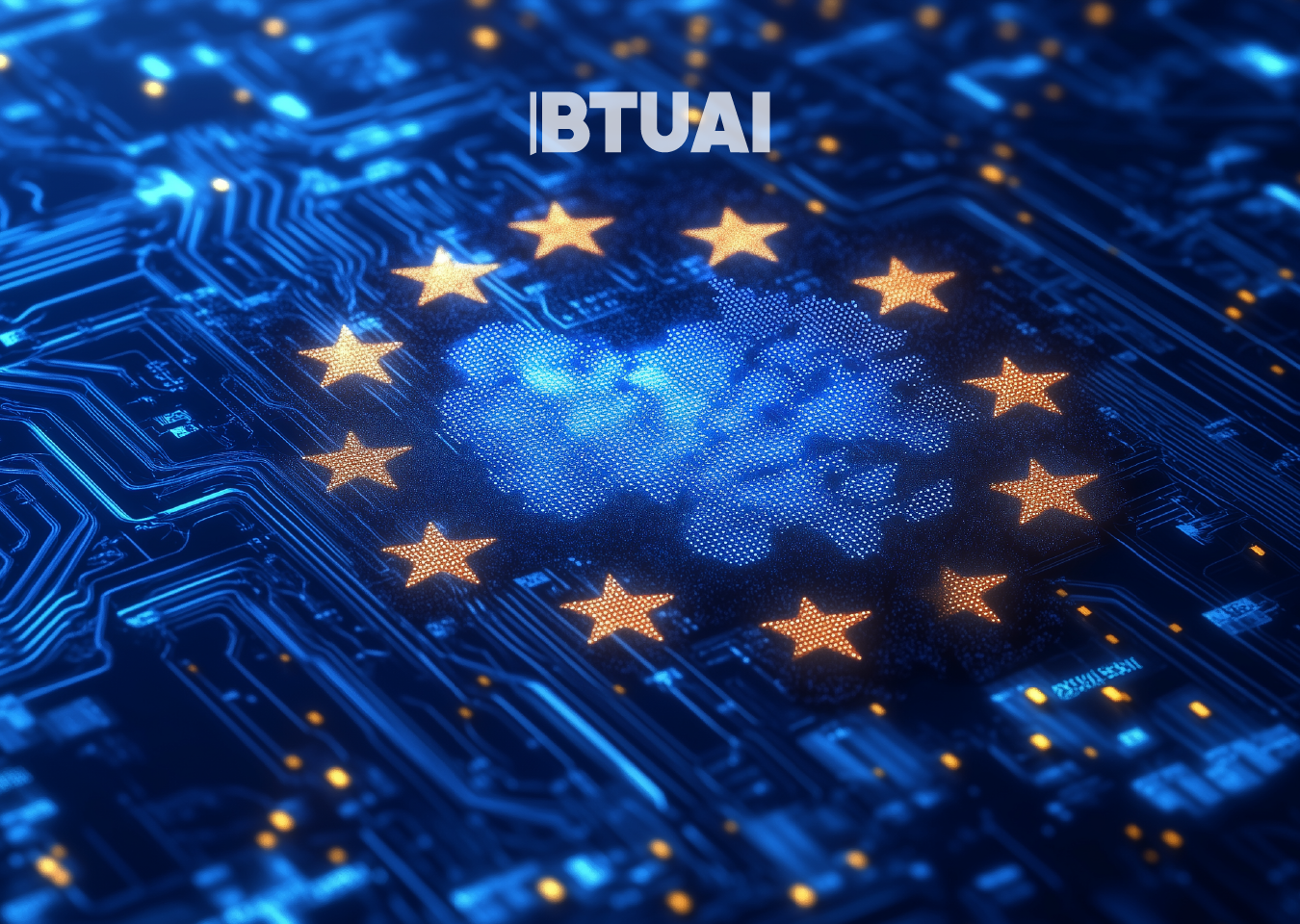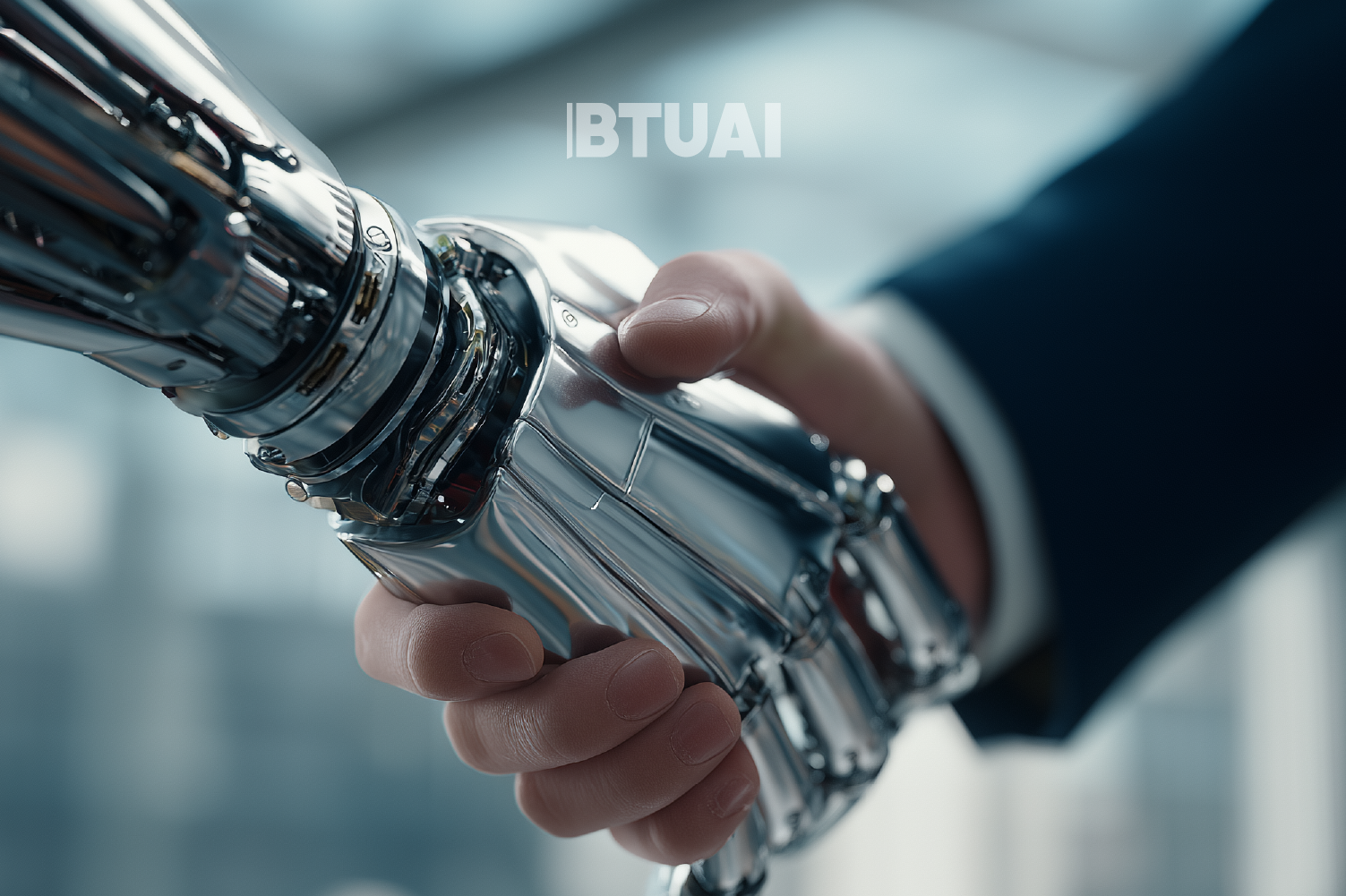Artificial Intelligence and EU Regulations: Protection or Hindrance?
In 2024, the European Union has introduced groundbreaking legislation to comprehensively regulate artificial intelligence systems. This ambitious regulatory framework

In 2024, the European Union has introduced groundbreaking legislation to comprehensively regulate artificial intelligence systems. This ambitious regulatory framework aims to balance innovation with societal safety, setting global standards by categorizing AI applications according to risk levels. High-risk AI, which encompasses critical fields like healthcare diagnostics, automated recruitment, and public security, will face rigorous testing, documentation, and transparency requirements.
But will these extensive regulations genuinely protect users without creating obstacles to technological progress? This question warrants deeper exploration.
On one hand, stringent AI regulations can provide significant benefits. By setting clear ethical standards, Europe positions itself as a pioneer in trustworthy AI systems. This could attract businesses and investments that value transparency, security, and human rights, potentially establishing Europe as a leader in “ethical AI.” Furthermore, clear regulations may foster consumer confidence, creating market opportunities unique to European products and services.
Yet, there are critical concerns about whether rigid oversight might discourage innovation. Strict requirements, especially for smaller tech enterprises and startups, could translate into higher operational costs and reduced agility. While major corporations may comfortably adapt, SMEs—often crucial sources of innovation—might struggle. Consequently, Europe risks pushing talented innovators toward more permissive regulatory environments, notably in the U.S. and China, which favor rapid AI development over precautionary measures.
The effectiveness of the EU’s oversight mechanisms is another contentious point. AI technologies evolve swiftly, making it challenging for regulatory bodies to maintain pace. If Europe’s regulators lag in responding to technological changes, regulations may become obsolete rapidly, weakening their effectiveness. Additionally, powerful tech companies might exert significant lobbying pressure, diluting the regulations’ intended impact.
Hence, we must critically evaluate: Can strict regulations indeed drive technological innovation, or might they merely redistribute innovation elsewhere? Will Europe’s ethical stance on AI eventually translate into a competitive advantage, or could it inadvertently position the region as technologically lagging?
The effectiveness of these regulations will ultimately depend on how flexibly and rapidly Europe responds to technological advances. If the EU achieves this balance, it could set a global standard, positioning itself as both an ethical and innovative leader. Conversely, failure might see Europe sidelined, as innovators seek less restrictive markets.
What do you think—will Europe’s AI regulation drive progress or hinder innovation? The future competitive landscape for Europe in the AI era might depend precisely on the answer to this question.




